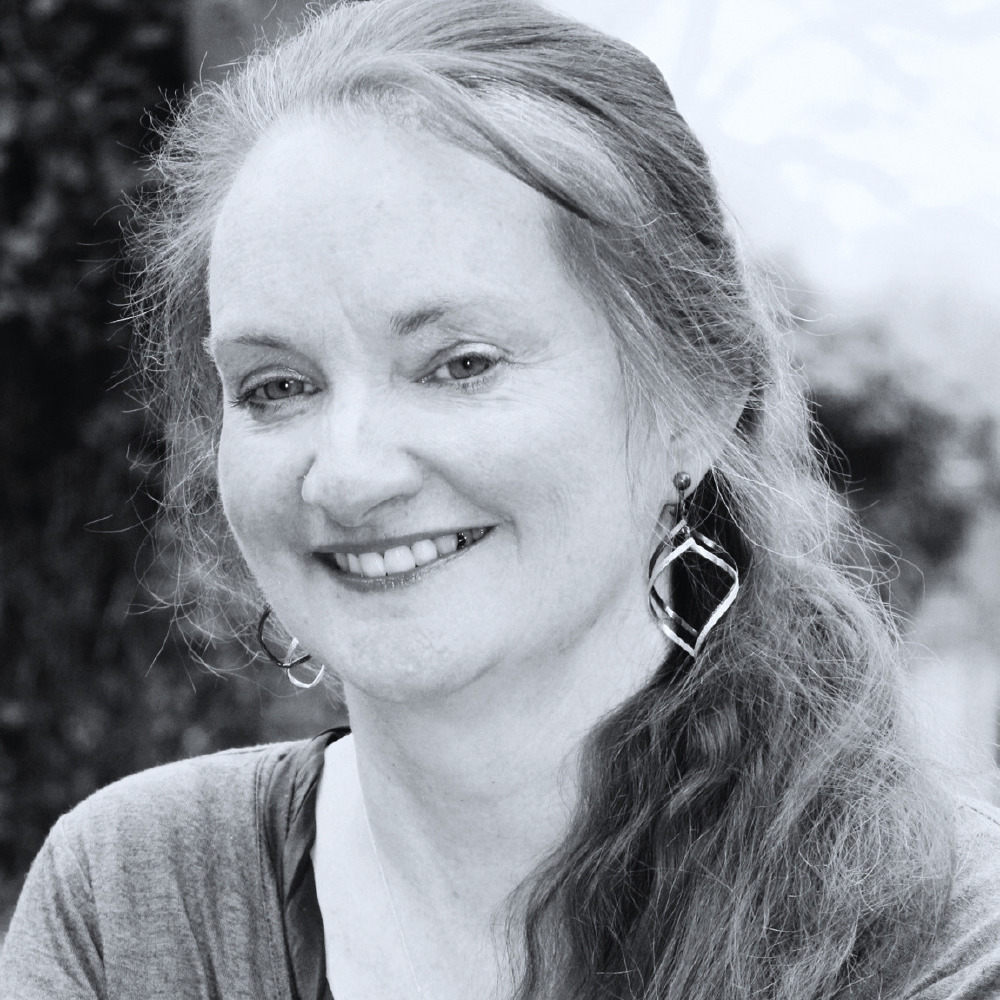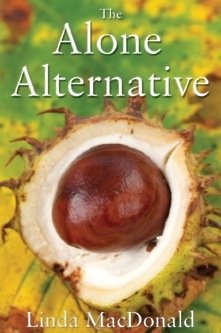
Linda MacDonald

In The Alone Alternative Edward and Marianne have each lost their partner – for different reasons. They have also broken contact with each other, and neither knows of the other’s loss. Twitter provides an opportunity for reconciliation – and maybe more… But I don’t want to give too much away, suffice to say that the book explores difficult issues faced when starting a new relationship in midlife. There are several obstacles in the way – but more of that below!
How much has your degree in Psychology affected your understanding of the characters in the novel?
I want my characters to appear real and to evolve in believable ways. This means that in midlife, it is more likely that changes will be subtle rather than dramatic. Long-held traits are difficult to eradicate completely and often reappear under stress. The dynamics of the relationships between the characters are also influenced by my background in psychology, but the more deeply flawed characters – in this case, Jessica – have required further research into their particular issues.
Tell us about Edward, Marianne and Jessica.
Edward is an academic archaeologist who was somewhat bewildered when his marriage began to break down. Women find him attractive, but he is naive in his dealings with them and this gets him into trouble. He tries to do the right thing but often fails.
Marianne is a teacher of psychology who analyses everything and feels things deeply. Readers may want to shout at her for prevaricating, but she’s been hurt in the past and is wary of further pain.
Jessica is a high-maintenance widow who has designs on Edward. On the surface, she appears pleasant, but she is not what she seems and as well as some disturbing traits, she has a dark secret, uncovered as the plot unfolds.
What can you tell us about the previous two books in the ‘Lydia’ series?
Meeting Lydia is about the effects of childhood bullying on later life and the pros and cons of internet relationships. It is told from the perspective of Marianne, a woman who is faced with midlife and menopause and who discovers her husband has befriended a glamorous colleague. Insecurities return from a time when she was bullied at a boy’s prep school and her jealousy threatens her once-happy marriage. She remembers only one boy in the class who was never horrible to her and she searches for him on the first major social networking site, Friends Reunited, hoping that if she finds him, this will somehow solve her problems. You will need to read the book to find out if it does!
A Meeting of a Different Kind continues the story, but from the perspectives of two different characters: Edward and Taryn (Marianne’s best friend). Edward’s wife has inherited a large sum of money and while she pursues her dreams of setting up a restaurant and turning their home into an eco-farm, he feels marginalised. Meanwhile, Taryn, who sees herself as a femme fatale, is curious to meet ‘the wonderful Edward’ about whom she has heard much from Marianne. She is a borderline manic-depressive, prone to flights of fancy, and the story evolves into a tale of betrayal on several different levels.
How did you find writing a novel that is not only part of a series, but also a stand-alone piece?
All parts of the trilogy are multi-themed with many interwoven strands. It was therefore a challenge to ensure that books two and three were not too similar to the first or to each other and that each had its own self-contained plot that enabled it to be read independently. I deliberately broke the accepted tradition of a series, and in book two changed aspects of style and perspective to highlight its stand-alone qualities. This added interest for me as I had to get into the heads of two new characters – including that of a midlife man. I have had great feedback from readers who have appreciated the switch of viewpoint.
As for how it feels writing a series, it is very enjoyable following the lives of characters over a long timescale and over three volumes. I have come to know them very well and it was interesting when they began to ‘tell’ me in which direction the story needed to go. On the other hand, it is quite a wrench to leave them.
What made you decide to retire and focus on your writing?
Retirement chose me rather than the other way around. I fully intended to teach for another two or three years, but overwork and stress had taken their toll. I had just reached the age when I could apply for early retirement, and with book two already drafted but destined to take several more years to bring to publication if I were still teaching, it seemed the logical next step. And it’s funny the way things work out: if I had carried on teaching, the completion of the trilogy would be as yet far into the future. I have no regrets.
Tell us about the inspiration behind the book.
By the end of A Meeting of a Different Kind, I was content to leave the series at two books. My editor pointed out that I had left the door ajar for a third instalment, but I didn’t see how I could go through it. Then one morning, I awoke with a fully formed idea. It was as if my brain had – unbeknown to me – been quietly working in the background on the plot. I realised there needed to be a lapse of eight years from the end of part two. During that time, things would have happened to the characters that would enable a new plot with new themes. And if I set it in 2012, there were some very difficult weather conditions, not least in Edward’s home territory of Broadclyst in Devon. This would provide the stimulus to develop one of the ideas from book two – that of environmental sustainability. Bringing another woman into the mix would create a new problem for Edward and Marianne, as well as adding tension with the theme of stalking.
What is it about internet relationships that fascinate you?
They are compelling and addictive. They allow a person to be who they want to be and not necessarily who they are. They are both wonderful and potentially dangerous, sometimes leading to much heartache. As they are a relatively recent phenomenon, much more research will be needed to uncover the full impact on relationships. In the meantime, I thought it would be of interest to present some of the pros and cons through fiction.
What is next for you?
Several people who have already read The Alone Alternative have said they would like to know what happens to three of the supporting characters. I have therefore considered the possibility of a spin-off novella or two – but my current inclination is towards something fresh. I have a couple of ideas currently simmering, but because I have previously juggled my writing with teaching, having spells of not writing is normal for me. Over the past year, I have been giving talks to local libraries and various organisations about the story behind Meeting Lydia. I will probably continue to do this, focusing on marketing the trilogy, before embarking on my next project.

